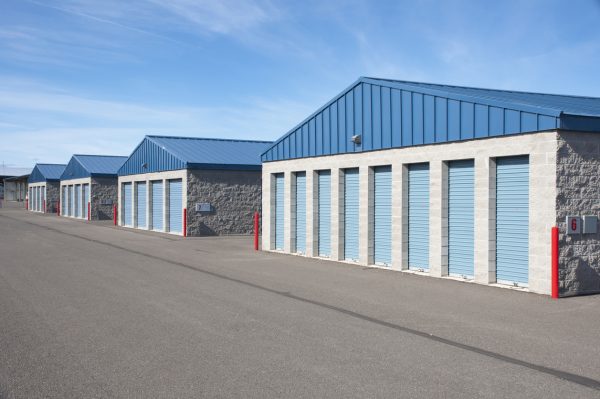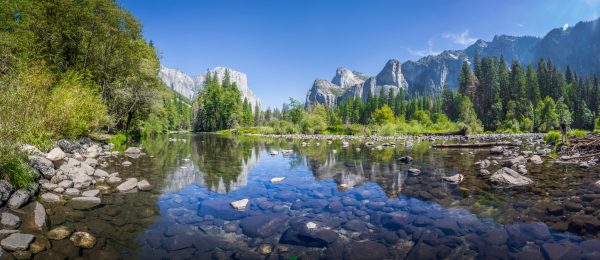How To Build and Hide A Survival Cache Part III

We’ve talked about what sorts of supply caches you should consider having and what you should keep in them, now let’s talk about where to put those supply caches and how to hide them, so that nobody gets into them before you. Any cache that somebody else raids isn’t going to do you much good.
There are lots of different ways of accomplishing this, so don’t take this list as being all-inclusive. Rather, I’m presenting some of the best ideas I’ve seen, as well as some things I’ve tried myself.
Hiding in Plain Sight
The easiest ways to keep your survival cache safe is to hide it in plain sight. I’m not talking about leaving labeled cartons of food sitting around; but rather, leaving something that looks like it is something else, but is actually your survival stockpile. Most people won’t bother to check out something that looks like it is something readily identifiable as something they expect to encounter. They’d rather put their efforts elsewhere.
The key is really all in the packaging. If you have a box that says, “baby clothes” sitting in storage, and someone opens the box to find baby clothes, they’re going to believe the whole box is filled with baby clothes. But you could just have a two inch layer of clothing in the top, with the space underneath filled with clothing. They won’t be any the wiser.
Rental Storage Units
This is one of my favorite places for a supply cache. People store all kinds of things in these storage units, which are available in a variety of sizes. While mostly used for excess household junk, I’ve seen these places used for storage of rebuilt classic cars, inventory for a home business, a workshop set up in one, and yes, stockpiles of food and other survival supplies.

Because they are used for so many different things, nobody is going to pay much attention to what you are storing in one of these units. They won’t notice that you’ve got a year’s worth of food in there, along with your homemade yurt a couple of dirt bikes and a pile of other useful things. They especially won’t notice if you label it deceptively.
This is an ideal solution for the problem of storing large quantities of equipment and supplies in a remote location, such as near the area where you plan on establishing a survival shelter. Just make sure that you keep paid up a couple of months in advance, so they don’t have an excuse to go into your unit.
At A Friend’s House
If you have a friend or family member who is also a prepper, there’s no reason why you can’t place a cache at their place. For that matter, you might just swap the favor, allowing them to put one at your place too. This is a great way of setting up an emergency cache or a travel cache, as you won’t be taking up a lot of space in their home.
If that friend or family member lives out in the country and you’ve made arrangements to hang out with them as your survival shelter, you may want to consider building a storage shed on their property or parking a small shipping container there. People regularly use those for storage, especially when they have the land to do it on. So there’s little likelihood of it attracting much attention.
In Your Home
Most of your supply stockpile in your home will probably be in your basement or pantry, wherever you have decided to keep it. But you should also have some of your stockpile hidden, just in case your home is invaded. That way, you’ll still have some food and supplies to use, even if most of what you have is stolen.
This is an ideal place to use boxes of baby clothes and other items as your camouflage. We all have an area in our homes where we’ve got stuff we don’t use stockpiled, whether that is the attic or the basement. A dozen extra boxes, labeled as normal stuff but filled with food, isn’t going to attract attention.
Hiding Caches in the Wild
If you watch television or the movies, you’ll invariably see someone dig a something out of a cache, just by sticking their hand in the hollow of a tree or pulling a loose brick out of a wall. The thing is, everyone else has seen those things too. So if you hide anything like that, you can just about be sure that someone is going to find it and they’re going to do so before you can retrieve it.
It isn’t practical to try and find an already existing hiding place in the wild, simply because anyplace that you can find, others can find as well. On the other hand, if you bury something in the wild, there’s very little chance that anyone else can find it.
There are a couple of problems with burying things, chiefly that you want to be able to find them once again. With this in mind, it’s important the landmarks you pick, to identify where your cache is buried. You want to avoid using anything that can be moved or modified, as those won’t work to find the buried cache 10 years or more from now. So, avoid trees, man-made objects and mounds of dirt. Rather, look for things like rock outcroppings, which can’t be broken up or moved easily.
It is best to have two sets of landmarks for each buried cache, with two landmarks for each set of landmarks. Ideally what you want is to be able to identify landmarks where you can shoot azimuths straight at the landmark from your burial spot or a reciprocal bearing from the landmark to the burial spot. Where those two lines cross is the spot you dig.
The idea behind having two sets of those landmarks is to protect you in case one of them gets destroyed. That way, you can hopefully still find your spot, based upon the other set of landmarks.
When burying your cache, ensure that it in a waterproof container, such as a sealed five-gallon bucket. It’s a good idea to bury it so that the top is about two feet below ground level, with a few small metal objects (hardware) a foot or more above it. That way, if anyone comes along with a metal detector, they’ll find the hardware and leave your cache alone.
Of course, there is always the possibility that you’ll lose any cache in the wild, due to someone building a building or parking lot right where you buried it. That’s just a risk you have to take. Be sure to check all your caches at least annually, just to make sure that hasn’t happened.
Going Underwater
If burying your caches underground works, then burying them underwater will too. Few people are going to go diving in a lake, just to see what’s on the bottom. As long as it is far enough underwater, there is little chance of it being found.
There are some problems with setting a cache underwater. First of all, not only does the container need to be waterproof, but it also needs to be weighted, so as to ensure that it stays underwater. Secondly, you need to make sure that you set it in such a way, that there are enough rocks or other debris to keep the cache from being moved by water currents. Finally, it can be extremely hard to find any underwater cache. You can’t exactly use a compass underwater, to sight a landmark that is above the water.

Ideally, you will be able to find an underwater landmark, such as a large boulder or rock outcropping that you can use to locate the cache. Then, you’ll want to find landmarks above the water, which will allow you to find where that boulder is hidden under the water. Once again, be sure to pick out landmarks that aren’t going to change.
Finally, it’s a good idea to put some reflective tape on the container that’s holding your underwater cache. That way, if you take a waterproof flashlight with you, you can identify the container more easily, knowing that it is yours.
Write it Down
Never trust your memory with the location of any cache. I have a basic rule; “if it’s not written down, it doesn’t exist.” That’s just as true for the location of a cache, as it is for my bank account number. Write everything down, then make multiple copies, so that you can put them in more than one place, such as your bug out bag and your vehicle, making it so that you can find those directions, when you need them.
